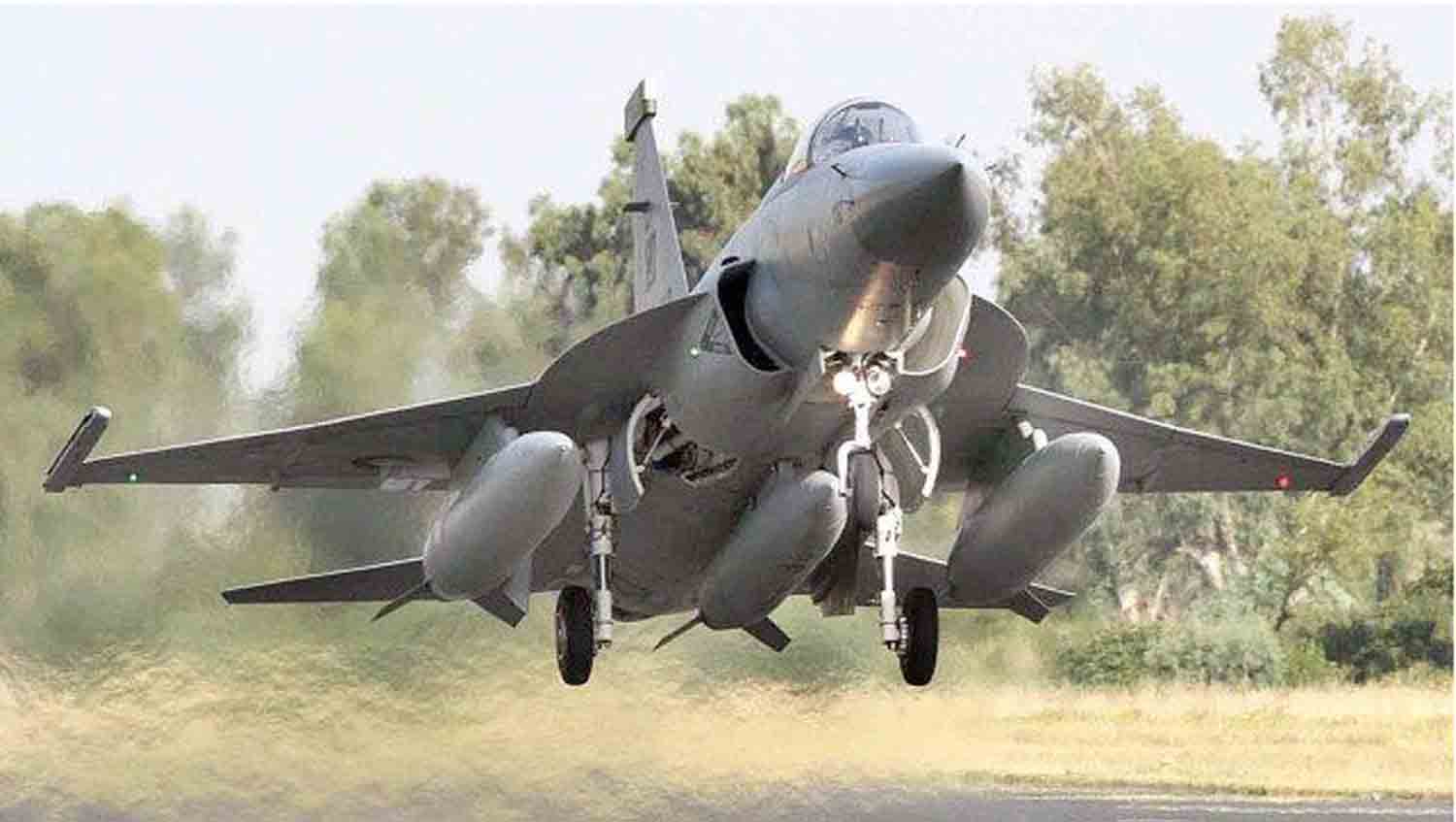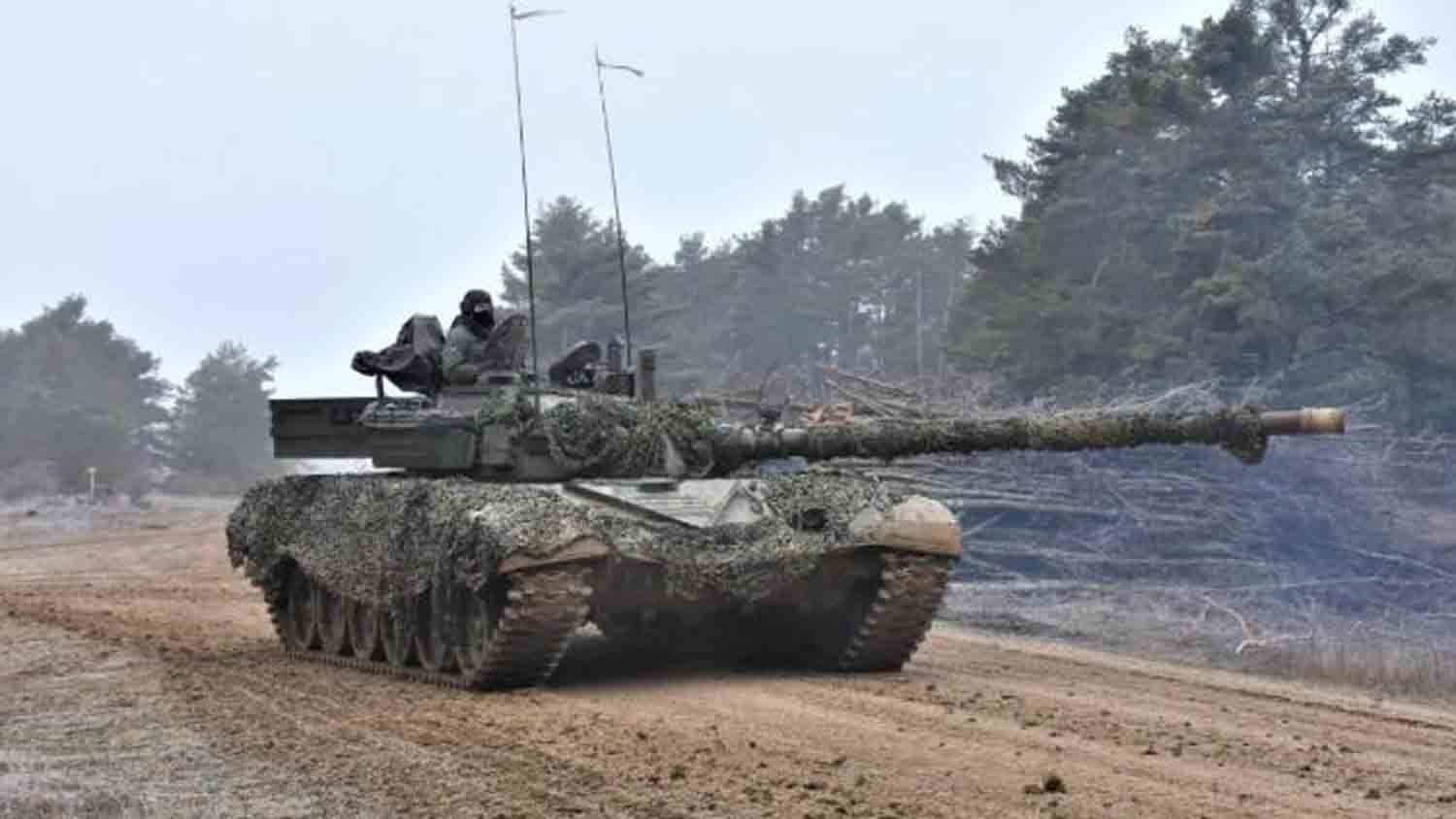As Bangladesh aims to acquire up to 32 JF-17 “Thunder” fighter jets—an advanced military aircraft developed collaboratively by Pakistan and China—regional tensions are escalating. India has responded with strong opposition, pledging to prevent Dhaka from obtaining these jets at any cost.
Reports suggest that New Delhi is resolute in its efforts to obstruct Bangladesh’s acquisition, expressing serious concerns regarding the aircraft’s origins, given that they are produced by two of India’s primary strategic adversaries—Pakistan and China. India’s apprehension is further exacerbated by the strengthening defense relationships among Dhaka, Islamabad, and Beijing, which New Delhi perceives as a direct threat to its regional dominance and security.
The JF-17 Thunder, co-developed by the Pakistan Aeronautical Complex (PAC) and Chengdu Aircraft Industry Group (CAIG) of China, is currently in service with the Pakistan Air Force, including its latest Block III variant. The aircraft has also been sold to several other nations.
Tensions between Bangladesh and India have intensified significantly following the dramatic removal of Prime Minister Sheikh Hasina in August of last year, a political upheaval sparked by widespread, student-led protests that rocked the country. The previously stable alliance now finds itself on precarious ground, with diplomatic relations deteriorating in the aftermath of her sudden exit.
The sudden downfall of Sheikh Hasina’s Awami League government has created a significant upheaval in Bangladesh, compelling the former prime minister to seek refuge in India, where she now resides in exile under stringent security measures.
In the meantime, the newly established Bangladeshi government, headed by Nobel laureate Muhammad Yunus, has intensified its demands on New Delhi for the extradition of Sheikh Hasina, along with her former cabinet members and senior officials, to face serious allegations, including murder.
India’s firm refusal to meet these demands has exacerbated the diplomatic divide, pushing the relationship between the two nations to a critical point.
Tensions escalated further last year when India reportedly threatened to intercept Bangladeshi Bayraktar TB2 drones—acquired from Türkiye—if they approached the Indian border. These advanced unmanned aerial vehicles, primarily utilized for intelligence, surveillance, and reconnaissance (ISR) operations, are operated by Bangladesh’s elite 67th Army unit and are stationed at Tejgaon Air Base in Dhaka.
Bangladesh has enhanced its aerial capabilities with the purchase of 12 Bayraktar TB2 drones, six of which are already operational, heightening regional concerns.
In a significant development that has reverberated throughout the region, a senior Bangladeshi military delegation, led by Lt. Gen. SM Qamarul Hassan, visited Pakistan in January, indicating Dhaka’s growing interest in Islamabad’s advanced defense technology, particularly the JF-17 fighter jet.
During crucial discussions at the Pakistan Air Headquarters in Islamabad, the delegation engaged with Pakistan Air Force Chief Air Chief Marshal Zaheer Ahmad Babar, exploring opportunities to strengthen military cooperation, with a particular emphasis on aviation. This visit has sparked speculation that the Bangladesh Air Force may soon select the JF-17 as part of its ambitious fleet modernization initiative.
The Bangladesh Air Force is confronted with a pressing requirement for next-generation fighter jets, as its aging fleet of F-7s and MiG-29s struggles to meet contemporary aerial threats. This challenge has been intensified by Western sanctions on Russia, which have hindered the supply chain for essential MiG-29 spare parts.
The JF-17 Block III, the most advanced variant of this fighter, incorporates state-of-the-art fifth-generation technologies inspired by China’s stealthy J-20 “Mighty Dragon.” This aircraft has the potential to significantly enhance Bangladesh’s air combat capabilities.
Equipped with the advanced KLJ-7A Active Electronically Scanned Array (AESA) radar, developed by China Electronics Technology Group, the JF-17 Block III stands out as a technological marvel. Its radar performance is said to be on par with the U.S. AN/APG-81 used in the F-35 and Russia’s Su-57 phased-array radar, positioning it among the leading combat systems in its category.
In terms of armament, the Block III is formidable, featuring next-generation air-to-air missile systems such as the PL-10 short-range missile, which is comparable to the U.S.-made AIM-9X, and the powerful PL-15 long-range missile, boasting an impressive operational range of 200-300 kilometers.
This advanced arsenal provides the JF-17 with a significant advantage over many Indian Air Force fighters, thereby altering the regional balance of power. Bangladesh’s potential acquisition of the JF-17 represents not merely an upgrade but a bold assertion of military ambition. However, this quest for aerial dominance may escalate tensions with India, which perceives this development as a direct strategic challenge in the already unstable South Asian region.
Discover more from Defence Talks | Defense News Hub, Military Updates, Security Insights
Subscribe to get the latest posts sent to your email.





